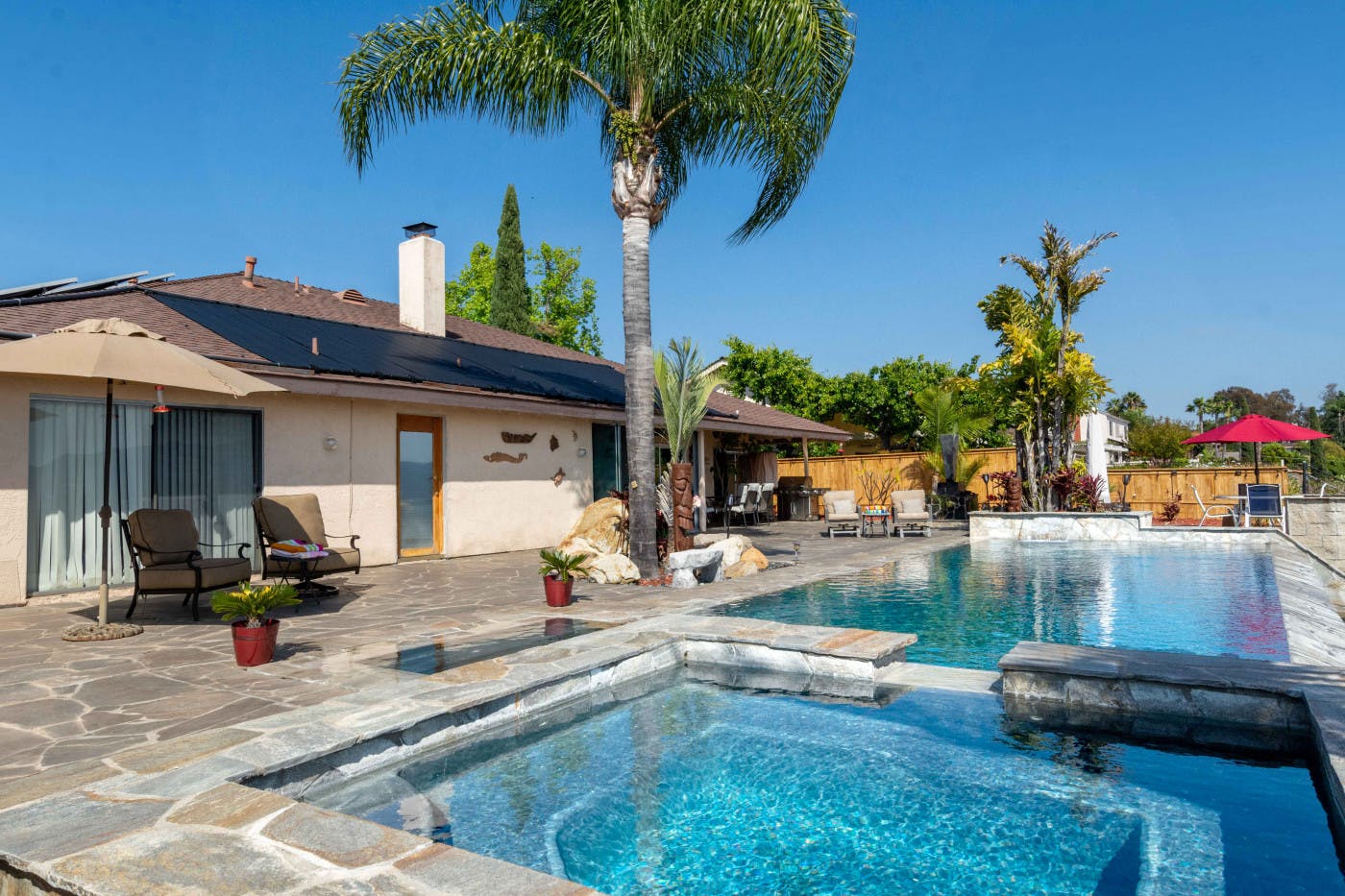
How Do You Shock a Pool? The Shocking Truth Is Here!
Share
Understanding how do you shock a pool can be a game-changer for any pool owner. Shocking a pool refers to the process of adding chemicals to the water to eliminate contaminants and restore clarity. For tech professionals and enthusiasts alike, mastering this concept not only improves your pool maintenance skills but also elevates your understanding of water chemistry and its relationship with modern pool technology.
In this article, we will dive deep into the shocking process, addressing how and why it is essential. Additionally, we will provide insights into the technology involved, the importance of proper sanitation, and effective maintenance methods that will help elevate your pool care routine.

Understanding Pool Shock
To comprehend how do you shock a pool, one must first understand what pool shock entails. Pool shock typically involves using certain chemicals, primarily chlorine, to drastically increase the chlorine levels in a pool. This process eliminates bacteria, algae, and other harmful contaminants, ensuring a safe swimming environment.
The Process of Shocking a Pool
Shocking your pool can be done using various methods, whether you prefer traditional chlorine-based shock or newer alternatives. Heres a step-by-step guide:
- Test the Water - Use a pool test kit to check your pool's chemical levels, including pH, chlorine, and alkalinity.
- Choose the Right Shock - Depending on the test results, select the appropriate shock. Chlorine shock is ideal for organic contamination, while non-chlorine shock is suitable for regular maintenance.
- Calculate Necessary Dosage - Follow the manufacturers instructions to determine the amount of shock required based on your pool size.
- Dissolve the Shock - For chlorine shocks, dissolve the granules in a bucket of water before adding them to the pool. This prevents damage to pool surfaces.
- Add Shock to the Pool - Pour the dissolved shock evenly around the perimeter of the pool.
- Run the Filter - Operate your pool filter for at least 8 hours to ensure proper circulation and filtration of the pool water.
- Retest Water Levels - After 24 hours, test the water again to ensure adequate chlorine levels. Adjust as necessary.
Why Is Shocking Important?
Shocking a pool isn't just a maintenance task; it is essential for several reasons:
- Eliminates Contaminants - Regular shocking helps neutralize bacteria, algae, and other harmful pathogens that can cause illnesses.
- Improves Water Clarity - Shocking restores sparkling clarity to pool water, making it visually appealing.
- Maintains Chemical Balance - Keeping chlorine levels stable through shocking prevents common issues like algae blooms or cloudy water.
- Enhances Swimmer Safety - A properly shocked pool ensures a safe swimming environment for all users.
The Role of Technology in Pool Shock Maintenance
In todays digital age, maintaining your pool with technology offers significant advantages. Smart pool maintenance systems, automated chemical dosing systems, and advanced filtration systems play a crucial role in the shocking process.
For instance, modern pool monitoring systems can alert you when chlorine levels drop, reminding you when it's time to shock your pool. Additionally, automated systems can deliver shock treatments at regular intervals or even adjust chemical levels according to water quality readings.
Best Practices for Shocking Your Pool
- Time It Right - Choose the evening or early morning to shock your pool, as sunlight can degrade chlorine.
- Stay Consistent - Regularly shock your pool, especially after heavy usage or rainfall.
- Dont Over Shock - Follow dosage instructions carefully to prevent damage to pool surfaces and equipment.
- Observe Swimming Pool Guidelines - Ensure that no one swims in the pool until chlorine levels are safe.
Common Pitfalls to Avoid
While shocking a pool is straightforward, there are several common mistakes to watch out for:
- Ignoring Water Testing - Always test your water before adding shock to avoid chemical imbalances.
- Using the Wrong Shock Type - Different situations require different types of shock. Make sure youre using the right product.
- Failing to Run the Filter - Not circulating the water after shocking can lead to uneven treatment and contamination issues.
FAQs about Pool Shocking
1. How often should I shock my pool?
It's recommended to shock your pool every 1-2 weeks during peak swimming season, or after heavy use or rainfall.
2. Can shocking a pool cause any harm?
If the dosage is adhered to, shocking a pool does not harm but improper dosing can lead to surface damage or swimmer irritation.
3. What are the signs that my pool needs shocking?
Cloudy water, unpleasant odors, or an increase in algae growth are clear indicators that your pool requires shocking.

Conclusion: Embrace the Shocking Experience
By grasping how do you shock a pool, you not only safeguard your pool investments but also ensure that your swimming experience is safe and enjoyable. Always remember the importance of maintaining chemical balance and using smart technologies to facilitate the upkeep of your pool.
For more insights on maintaining pool health, check out these articles on green pool issues and cleaning sand filters. As a seasoned pool owner or a tech enthusiast, mastering these maintenance techniques will extend the life and enjoyment of your pool.
As an Amazon Associate, I earn from qualifying purchases.
